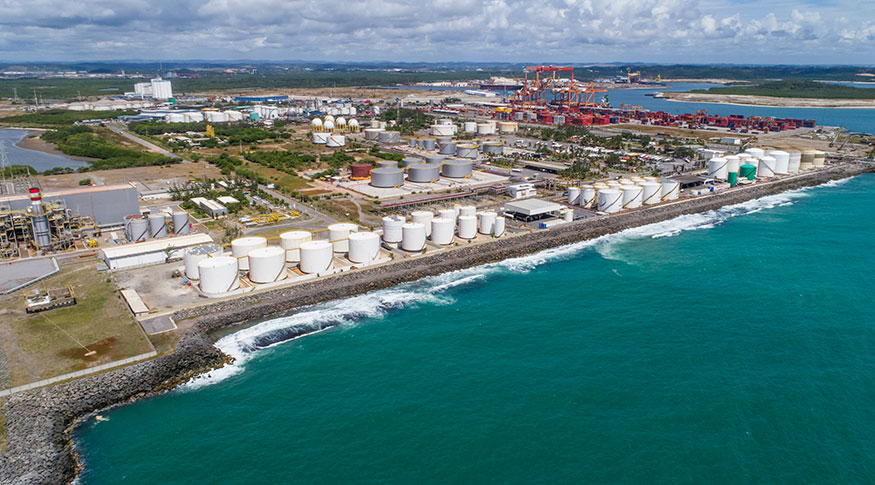System of Regional Accounts
States' GDP: 20 years of contribution to regional development
September 13, 2019 10h00 AM | Last Updated: September 16, 2019 11h12 AM

Twenty years ago, the IBGE disclosed the first States' GDP, with information from 1985 to1997. Since then, the Institute has coordinated the System of Regional Accounts, which presents every year the data that help compose a portrait of the socioeconomic context and design local public policies.
The project, developed in partnership with statistical bodies and state secretariats, allows the comparison of the GDP among the states and is compatible with the national economy results.
“It is through these data that you can actually recognize the economic profile of each place. For example, in the North and Northeast, we have a very relevant shar of public administration, reaching almost 50% of the value added in Roraima, says the IBGE manager of Regional Accounts, Alessandra Poça, mentioning that the 2007 disclosure was the first one containing information for all states.
Before this system, some sates had more than one estimate for the GDP. “Depending on the government’s demand, there was a calculation proposed by the FGV [Getúlio Vargas Foundation], another by the Banco do Nordeste [Northeastern Bank] and yet another by the state itself, each of them using their own methodology”, says Alessandra.
According to a economic advisor of the Secretariat of Environment, Economic Development, Production and Agriculture of Grosso do Sul, Eliandres Saldanha, the Regional GDP makes a X-ray of the states' economy, being a valuable tool in the identification of the local difficulties. He also mentions the municipalities' GDP, which has been disclosed by the IBGE since 2005, initially covering a the period between 1999 and 2002.
“In Mato Grosso do Sul, new development areas emerged, as those of pulp, and it was through the municipalities' GDP that we were able to carry out a specific study and work, as this activity had a deep impact in the region and needed, therefore, a special treatment”, explained Saldanha.
For the director of the State Agency of Planning and Research of Pernambuco, Maurílio de Lima, The Regional Accounts gicve support to the following up of the changes in the states' economy.
“There was a severe transformation between 2005 and 2010, with a great volume of investments in the industrial area with an impact on other sectors, mainly those of services, which have a strong participation in the state economy”.
Besides portraying the socioeconomic reality of the states and give them cross comparability, the States' GDP allows the calculation of the GDP per capita, one of the factors used in the definition of the value of the Revenue Sharing Fund of the Capital Municipalities.
Methodology recommended by UN
In 2010, the IBGE presented a seminar on the economy of the states and on the distribution of resources throughout the Brazilian territory, in the meeting of the Asian countries in Beijing, in China, organized by the United Nations (UN).
Currently retired, Frederico Cunha, manager of the IBGE Regional Accounts for almost 15 years, recalls that the final document of the meeting points out that Brazil was a reference in the integration work between the statistical office and the local governments. “The text encouraged other countries to join Brazil in the adoption of our methodology”, he says.
The next disclosure of the States' GDP is scheduled for November this year, with data relative to 2017.




















